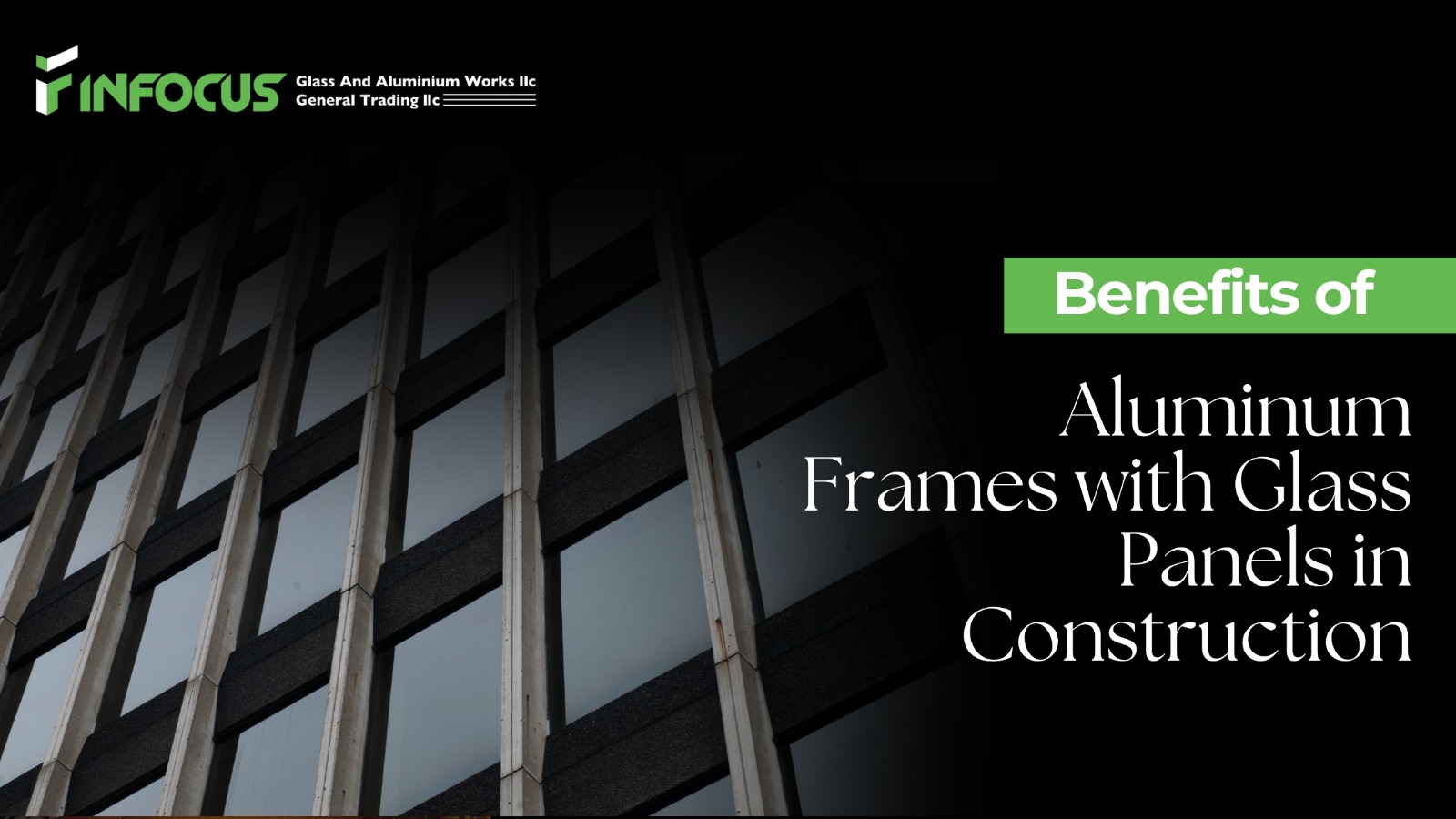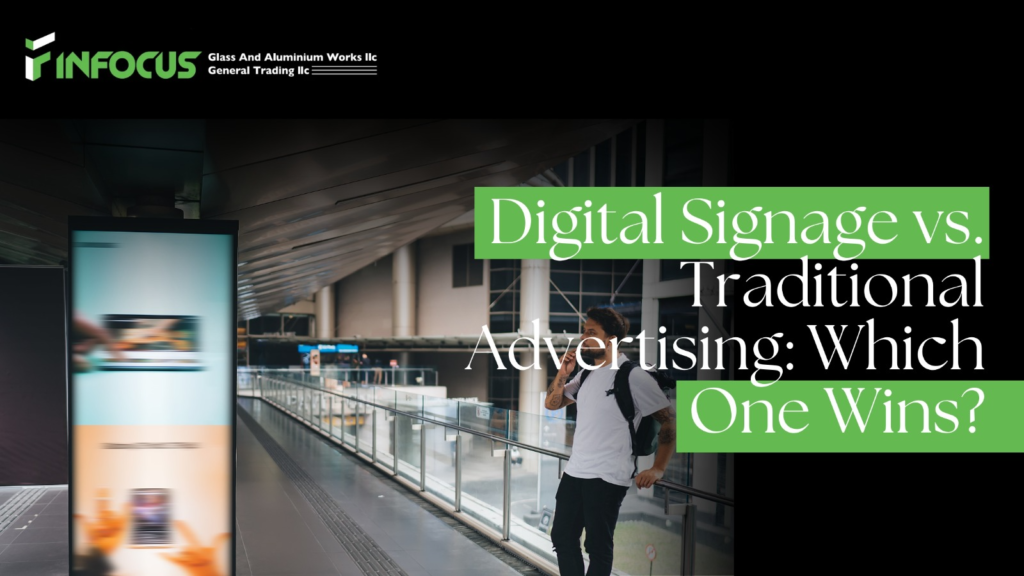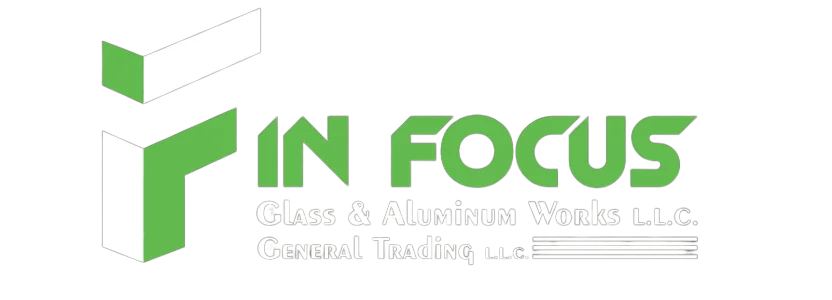Advertising has long been the backbone of businesses striving to reach their target audiences. For decades, traditional advertising methods such as billboards, newspapers, and television commercials dominated the marketing landscape. However, with the rise of digital technology, businesses now have access to a more dynamic and engaging medium: digital signage.
This shift begs the question: which is more effective—digital signage or traditional advertising? In this blog, we’ll explore the advantages and limitations of both, helping businesses determine which approach best aligns with their marketing goals.
The Evolution of Advertising
Traditional advertising has its roots in print media, radio broadcasts, and static billboards—methods that have successfully influenced consumer behavior for generations. These methods are still widely used today, with many brands relying on print ads, TV spots, and physical posters to gain exposure.
However, as technology advanced, advertising transformed. Enter digital signage—a modern, tech-driven approach that enables businesses to deliver real-time, interactive content to audiences. Digital signage in Dubai and other major cities worldwide has become a game-changer, offering unparalleled flexibility and engagement.
But does digital signage completely outshine traditional advertising? Let’s break down the comparison.
Traditional Advertising: The Classic Approach
Traditional advertising has stood the test of time for a reason—it works. Here are some key strengths of traditional marketing methods:
Advantages of Traditional Advertising
- Widespread Familiarity – Consumers are accustomed to seeing printed advertisements in newspapers, magazines, and billboards, making them a trusted and familiar medium.
- High Local Reach – TV and radio ads effectively target local audiences, making them useful for small businesses looking to establish a presence in their communities.
- Tangible Presence – Print ads, brochures, and billboards offer physical visibility that remains in place for an extended period.
- Brand Authority – Many consumers associate print and TV advertising with credibility, especially when appearing in reputable newspapers or popular television programs.
Limitations of Traditional Advertising
- Limited Engagement – Traditional ads lack interactivity, making it difficult to measure audience engagement and adjust content accordingly.
- Higher Costs – Producing and maintaining print or television ads can be expensive, especially for long-term campaigns.
- Static Content – Once a print ad or billboard is published, changing the content requires additional resources and expenses.
- Declining Viewership – With the rise of digital media, many consumers have shifted away from traditional media sources, reducing the impact of traditional advertising.
While traditional advertising remains relevant, its limitations have led businesses to seek more innovative solutions—enter digital signage.
Digital Signage: The Future of Advertising
Digital signage leverages digital displays to communicate messages, advertisements, and promotions in real-time. From interactive kiosks to LED billboards, digital signage offers a highly customizable and engaging alternative to traditional ads.
Advantages of Digital Signage
- Real-Time Updates – Unlike print media, digital signage allows businesses to update their content instantly, keeping messaging fresh and relevant.
- Increased Engagement – Digital displays can incorporate animations, videos, and interactive features, making advertisements more eye-catching and immersive.
- Cost-Effective Over Time – While the initial investment may be higher, digital signage reduces printing and distribution costs, saving businesses money in the long run.
- Data-Driven Advertising – Digital signage can integrate with analytics tools to track engagement, audience demographics, and performance metrics, allowing businesses to optimize their strategies.
- Eco-Friendly – By eliminating the need for paper-based advertising, digital signage contributes to environmental sustainability.
Limitations of Digital Signage
- Initial Investment – The cost of digital screens, software, and installation can be higher than traditional advertising methods.
- Technical Requirements – Businesses must manage software updates, content creation, and potential technical issues to maintain an effective digital signage system.
- Electricity Dependency – Digital displays require a continuous power supply, which can increase operational costs compared to static billboards.
Despite these challenges, the benefits of digital signage often outweigh the drawbacks, making it an attractive option for businesses looking to modernize their advertising efforts.
Which One Wins?
The answer depends on the business’s goals, target audience, and budget. Traditional advertising offers reliability and trustworthiness, while digital signage provides dynamic, engaging, and cost-effective solutions.
When to Use Traditional Advertising
- Targeting an older demographic that is more accustomed to print and TV ads.
- Building brand authority through well-placed newspaper or magazine advertisements.
- Promoting local businesses in areas where print and broadcast media still have a strong presence.
When to Use Digital Signage
- Engaging a younger, tech-savvy audience who respond better to digital content.
- Running time-sensitive promotions that require instant content updates.
- Enhancing brand visibility through high-traffic locations such as malls, airports, and busy streets.
- Improving customer experience with interactive kiosks and touch-screen solutions.
The Best Strategy: A Hybrid Approach
Rather than choosing one over the other, businesses can combine traditional and digital advertising for maximum impact. A well-balanced approach might include:
- Using print and TV ads to establish credibility while reinforcing brand messaging.
- Deploying digital signage for real-time promotions, interactive experiences, and targeted advertising.
- Integrating QR codes in print ads to drive traffic to digital platforms and enhance engagement.
By leveraging both traditional and digital signage, businesses can create a comprehensive marketing strategy that captures diverse audiences effectively.
Conclusion: The Future is Digital, but Traditional Still Matters
While traditional advertising continues to hold value, digital signage is revolutionizing the way businesses communicate with their customers. With its ability to provide real-time updates, cost-effective advertising, and interactive engagement, digital signage is undoubtedly the future of marketing. However, traditional advertising still plays a crucial role in building brand trust and reaching certain demographics.
For businesses seeking a competitive edge, the key lies in understanding their audience and leveraging the right mix of advertising methods. Whether through digital signage or traditional marketing, the ultimate goal remains the same—to capture attention, drive engagement, and convert potential customers into loyal clients.





